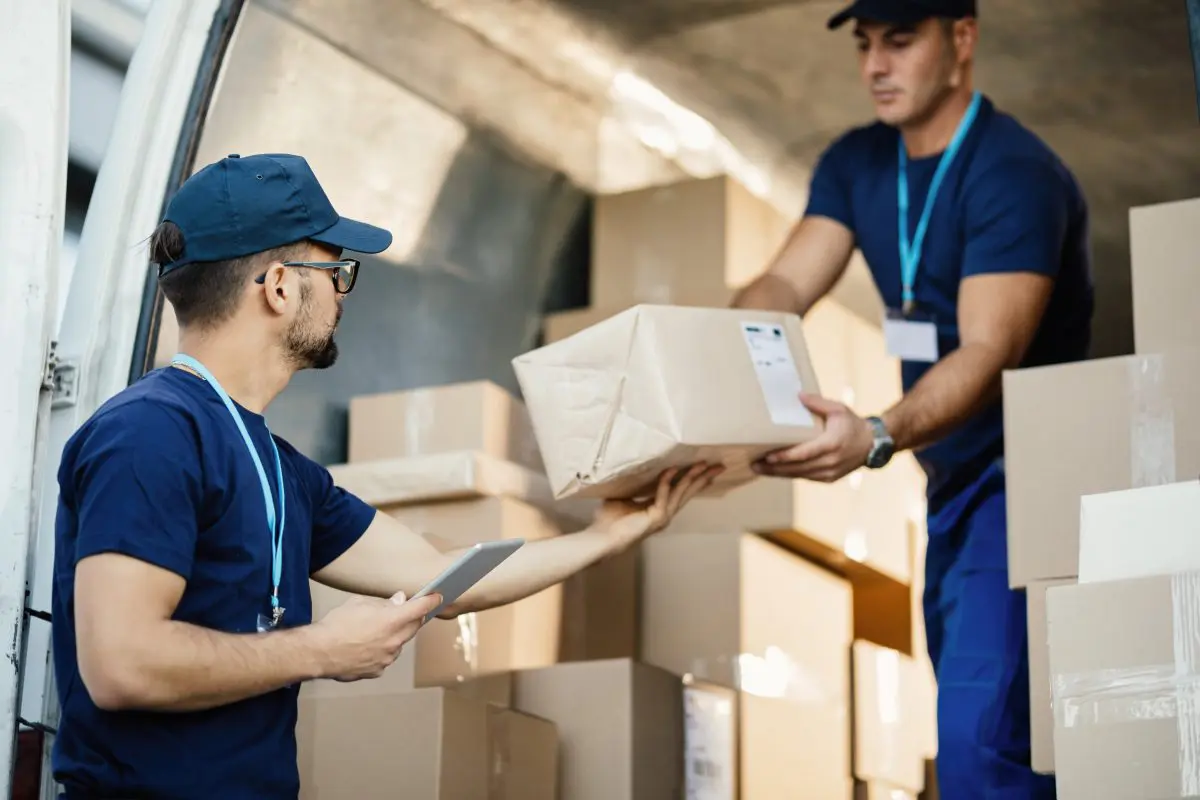
Businesses now rely heavily on same-day freight delivery to deliver items to clients in a timely manner. In the modern world, waiting days for something seems archaic. Businesses rely significantly on technology to keep everything running properly in the midst of this chaos. Technology makes everything go smoothly, whether you’re a company attempting to meet deadlines or a customer waiting on a last-minute supply. The need for Same Day Freight Delivery Chicago is a prime illustration of how crucial accuracy, speed, and communication have become, and none of it is possible without intelligent backend technologies.
Real-Time Tracking Keeps Everyone in the Loop
One of the most noticeable impacts of technology is real-time tracking. Both shippers and receivers want to know where the package is at all times. With GPS and mobile apps, it’s easier than ever to check updates instantly. For the people managing deliveries, tracking helps adjust routes based on traffic or weather. For customers, it brings peace of mind. No guessing. No long calls asking where the package is.
Route Optimization Saves Time and Fuel
Behind every quick delivery is a smart system calculating the best route. Software programs process data from road conditions, traffic, and delivery windows to figure out how drivers can make the most stops in the shortest time. It doesn’t just save minutes—it saves money. Less fuel burned means lower costs and fewer delays. Drivers no longer have to guess which roads to avoid or rely on instinct alone.
Delivery Windows Are No Longer a Mystery
Route optimization also helps plan delivery windows more accurately. This avoids the classic “sometime between 9 and 5” promise that leaves people stuck at home. Technology uses past delivery patterns to offer tighter, more reliable time frames. The result? Happier customers and fewer missed deliveries.
Automated Warehouses Keep the Pace
Once an order comes in, speed is everything. Many warehouses now use automated systems to grab, pack, and sort shipments. Robots, conveyor belts, and scanners all work together to get things out the door fast. These systems help workers avoid mistakes and speed up the handling of urgent orders. When machines handle the repetitive parts, humans can focus on quality and speed.
Communication Tools Help Everyone Stay on Track
Instant messaging, automated emails, and alerts keep everyone—from the dispatcher to the delivery person—in constant communication. This makes it easier to fix issues before they grow. If a package is running late, both the sender and receiver can be updated in real time. There’s no breakdown in the chain because updates happen instantly.
Drivers Can Report Issues Instantly
Drivers don’t have to wait until the end of the shift to report problems anymore. Mobile apps let them send updates about traffic, delivery failures, or customer concerns right from the road. This helps dispatchers react quickly and offer solutions before bigger delays happen.
Digital Paperwork Makes the Job Smoother
Gone are the days of thick paper logs and clipboards. Now, digital forms and e-signatures are common practice. Whether it’s signing off on a delivery or logging mileage, tech makes it quick and error-free. Digital records are easier to store and harder to lose. They also speed up how fast drivers can get moving again.
Billing and Invoicing Move Faster
Electronic billing cuts down on waiting times and errors. Once a delivery is complete, the system can instantly create an invoice and send it to the client. This shortens the payment cycle and keeps the business moving forward.
Smart Sensors Protect Fragile Goods
Technology helps more than just speed. It also helps protect the quality of the shipment. Smart sensors track temperature, humidity, and shock levels during transport. This is especially useful for sensitive items like medical supplies or electronics. If anything goes wrong, the system records it, and both shipper and receiver know what happened.
Data Helps Businesses Improve
Technology doesn’t just work in the moment—it also helps plan for the future. Delivery systems collect data on delivery times, routes, driver performance, and customer feedback. This helps companies figure out what’s working and what’s not. Maybe a certain route always causes delays, or maybe a warehouse handles too many errors. With clear data, improvements aren’t a shot in the dark.
Forecasting Becomes More Accurate
With data on past orders and customer behavior, it becomes easier to prepare for future demand. For instance, if certain areas need more deliveries during holiday seasons, companies can increase staffing and resources ahead of time. This avoids delays and keeps customers happy.
Delivery Apps Put Power in the Customer’s Hands
People want control over their orders. Apps let them track deliveries, change delivery times, and even reroute packages to different addresses. That kind of control wouldn’t be possible without strong digital systems behind the scenes. It also lowers the chances of missed deliveries and returns, which saves everyone time and money.
AI and Machine Learning Are Changing the Game
Artificial intelligence is becoming more common in freight delivery. It helps predict delivery times more accurately, recognize patterns that cause delays, and even help plan warehouse layouts. Machine learning tools can also help detect fraud, prevent mistakes, and optimize fuel use based on historical driving behavior.
Final Thought
Technology is the reason same-day freight delivery can happen at all. From the warehouse to the customer’s doorstep, every part of the process is made quicker, smarter, and more efficient. It’s not just about speed — it’s about doing things with accuracy and clarity. As delivery needs grow more demanding, tech will continue to be the backbone of how goods move fast and reliably. And for cities with high demand like Chicago, the systems behind Same Day Freight Delivery Chicago aren’t just useful—they’re essential.